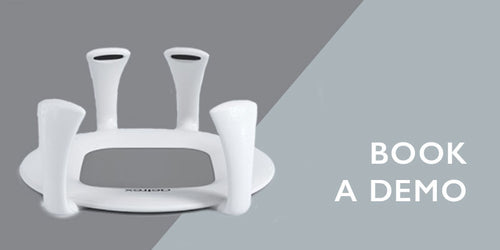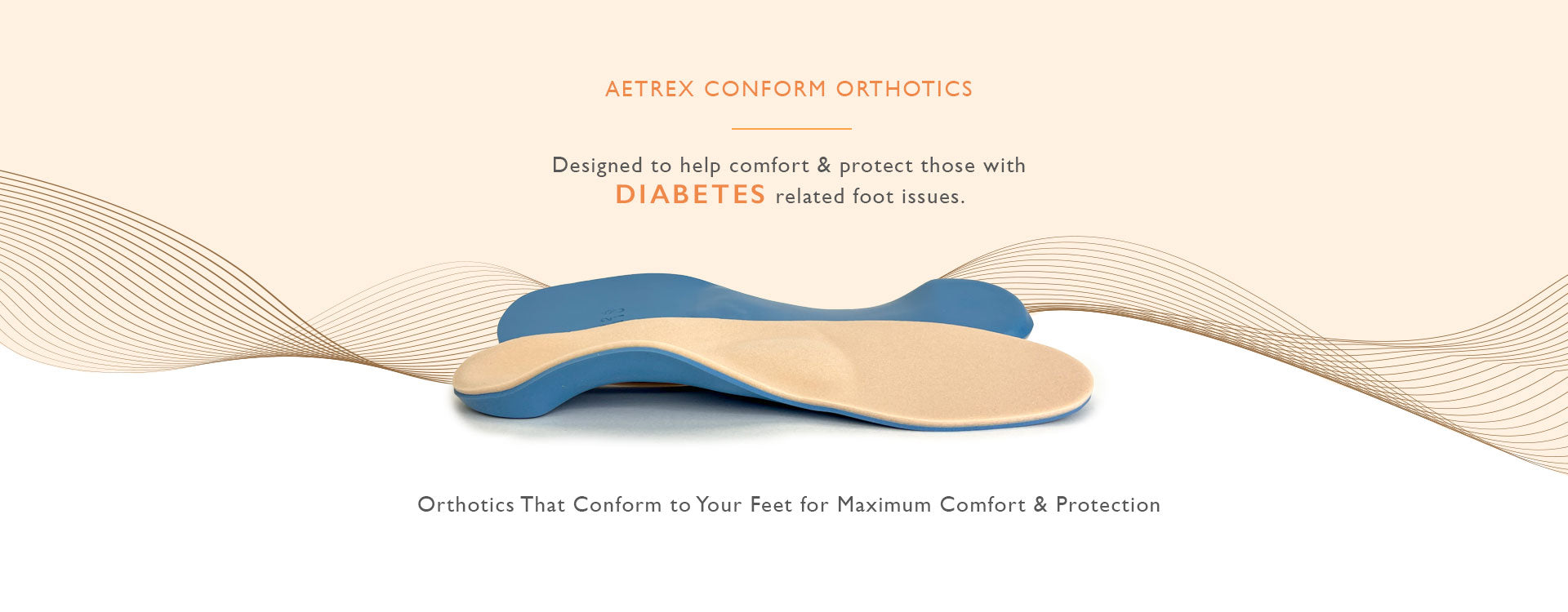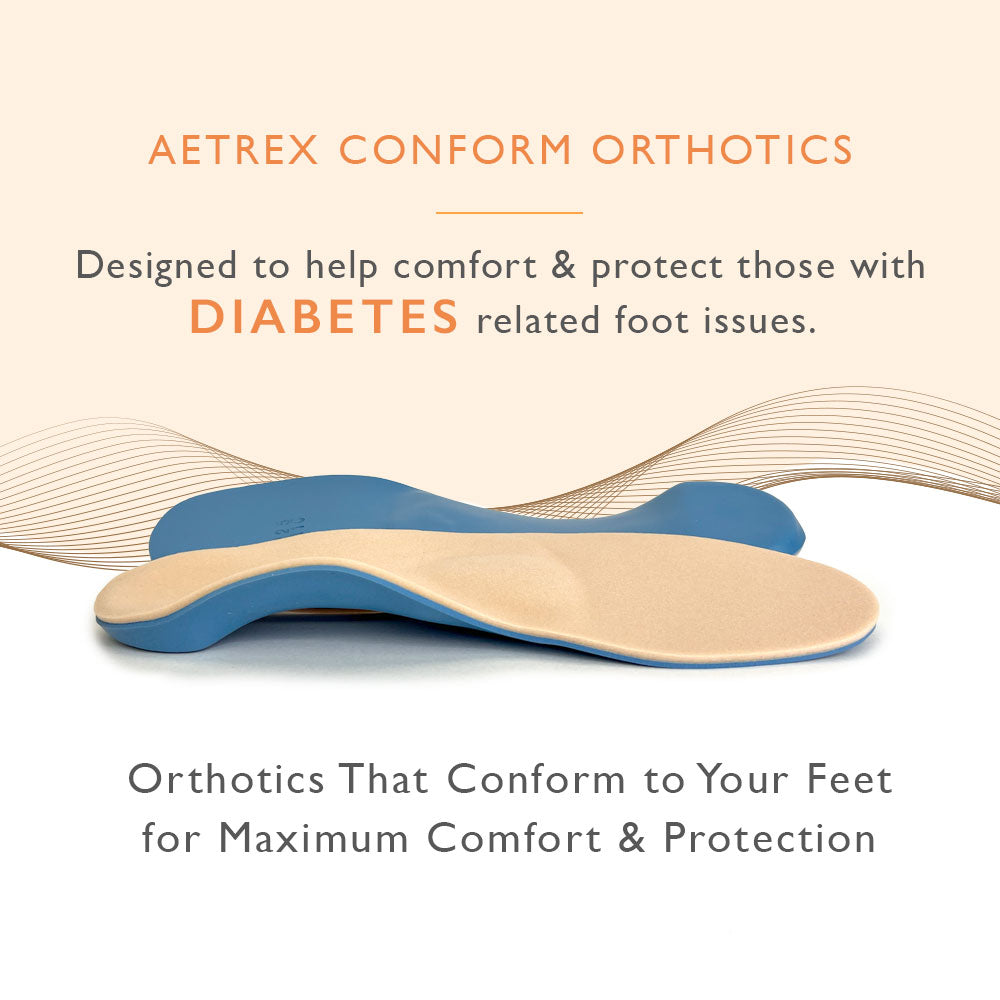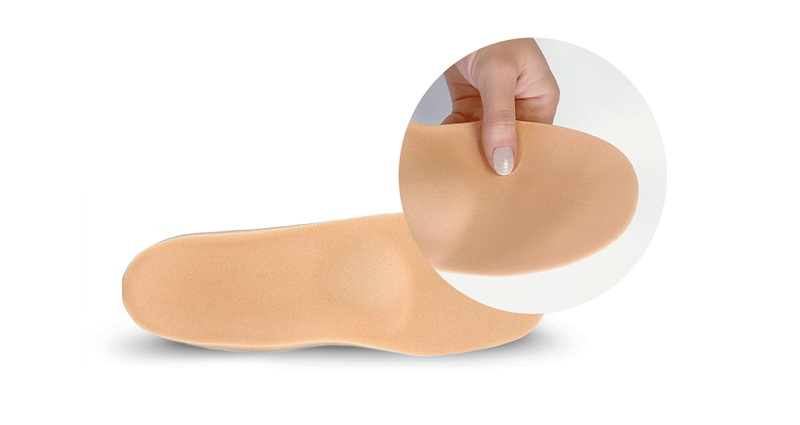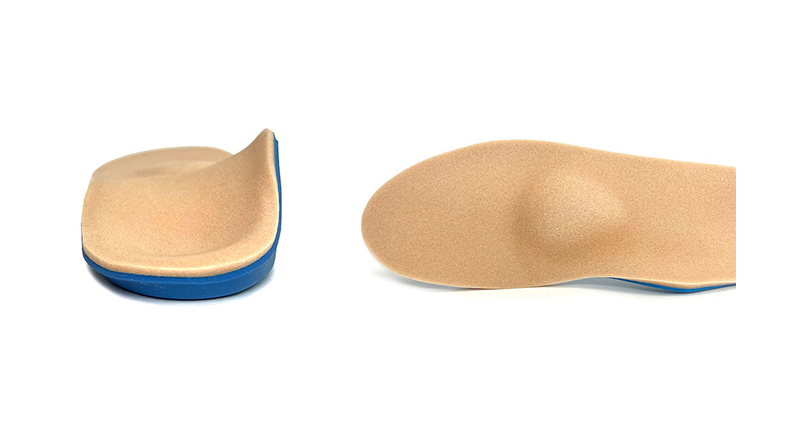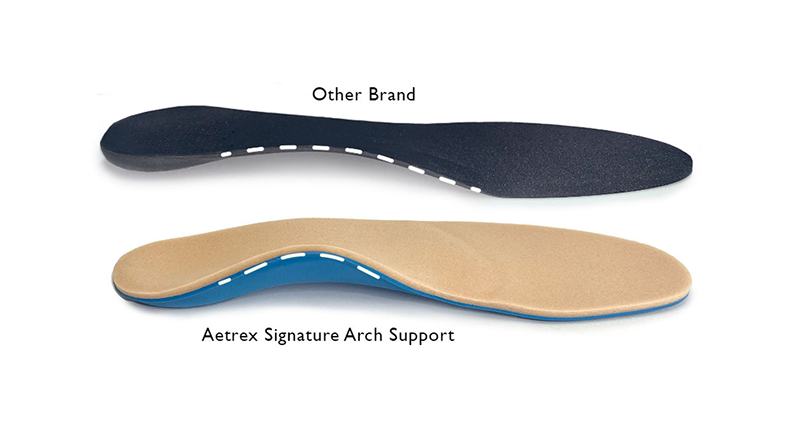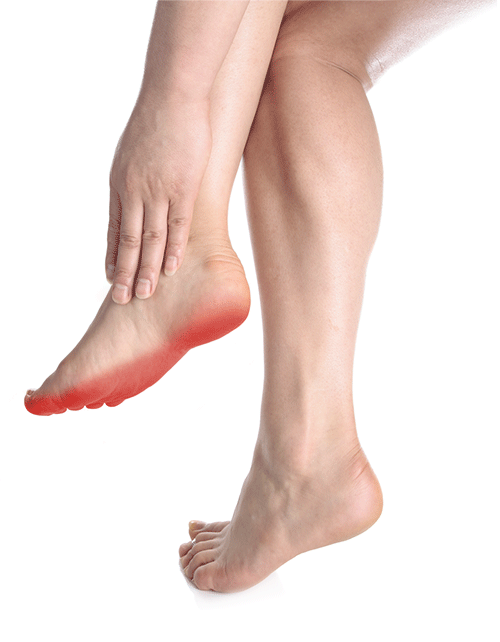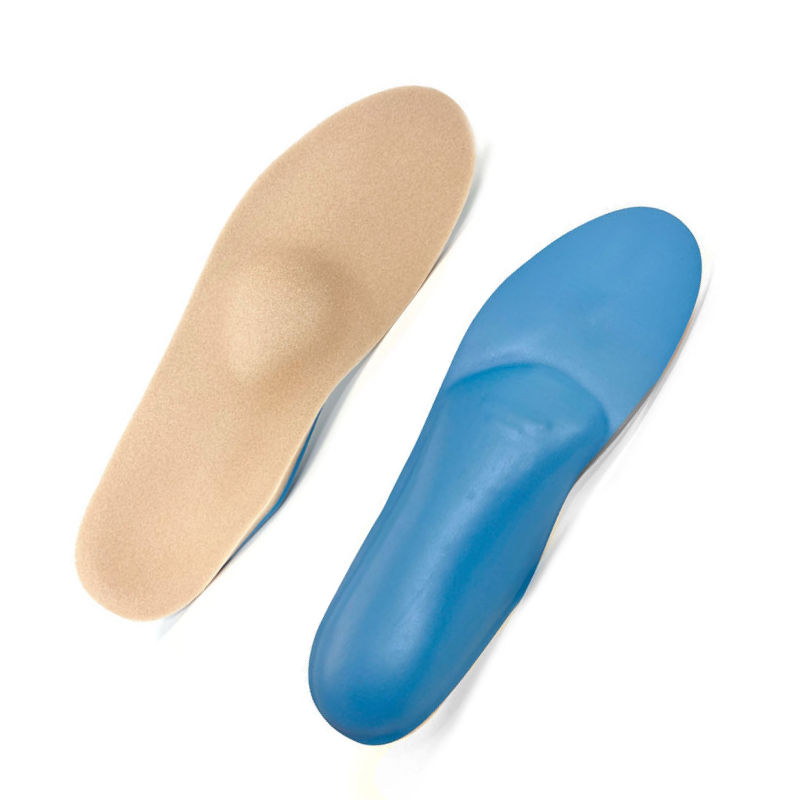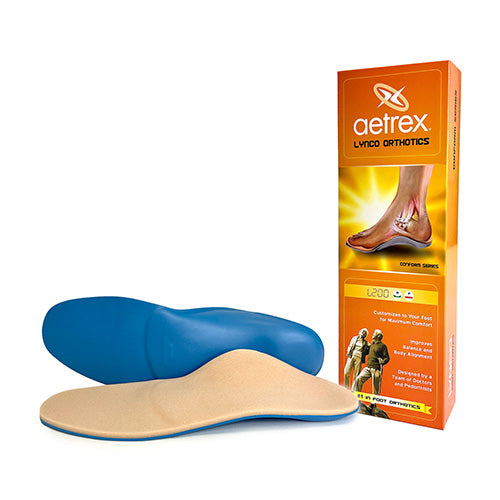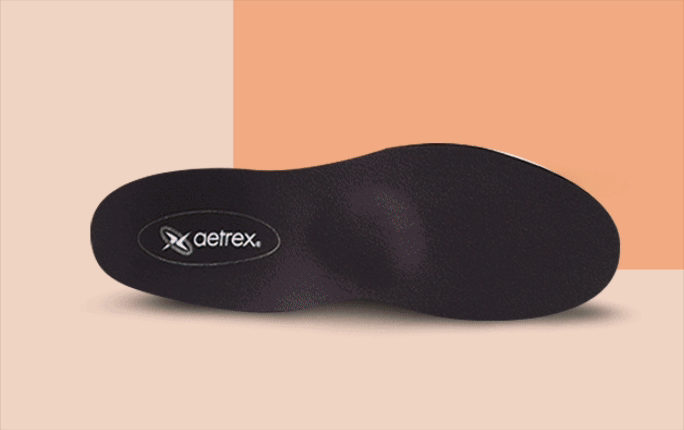DO's & DON'Ts
DO
•Wash feet daily. Dry carefully.
•If your feet feel cold at night, wear socks.
•Inspect your feet daily for blisters, cuts, and scratches.
•Wear an orthotic designed to help reduce your risk factors.
•Wear shoes that are designed to protect your feet from injury.
•Inspect the insides of your shoes daily for foreign objects and rough areas.
•Avoid extreme temperatures. Test water with your hands or elbow before bathing.
•See your physician regularly and be sure to have your feet examined at each visit.
•Shoes should be fitted by a footcare specialist and be comfortable at the time of purchase
DON'T
•Soak your feet in hot water.
•Walk barefoot.
•Wear sandals with thongs between the toes.
•Cut corns or calluses; see your physician.
•Wear shoes with pointed toe areas.
•Walk on hot surfaces such as sandy beaches or on the cement around swimming pools



